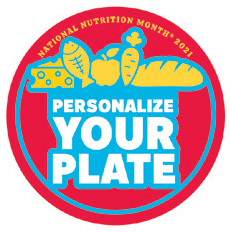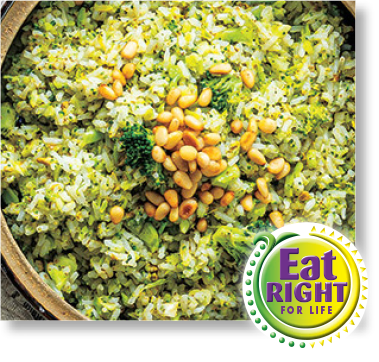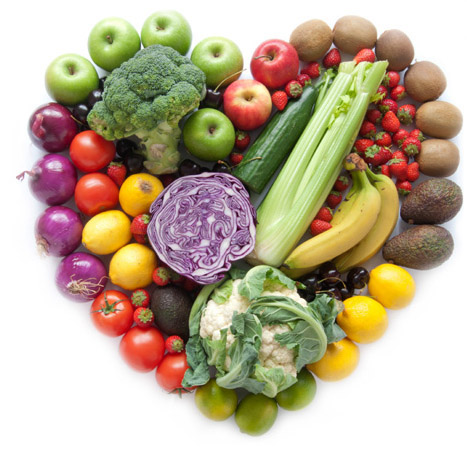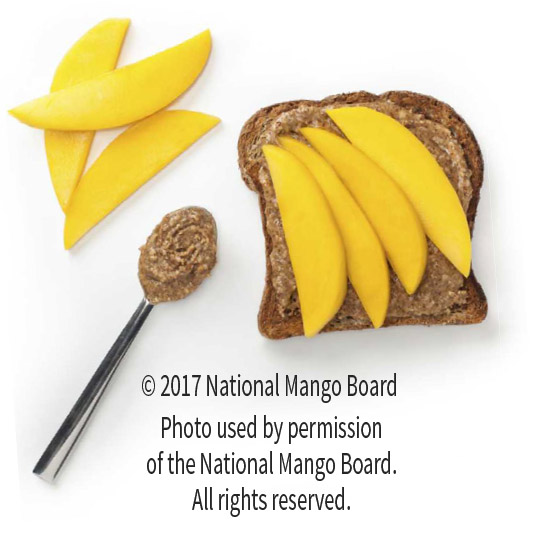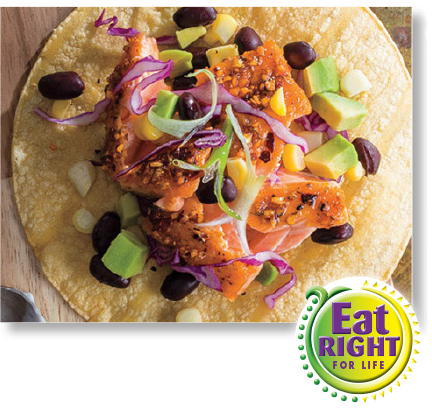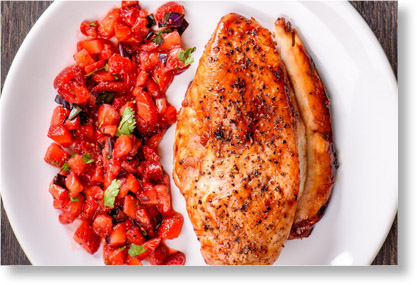

Dietitians Dish – March 8, 2021
Fast & Nutritious Meals with Frozen Foods
You don’t need to shop the prepared meals and frozen meals section of the store to get a quick, nutritious meal on the table. It just takes a little planning and prep before mealtime. Planning ahead also helps to prevent food waste and save money.

- Choose recipes and a list of meal ideas to prepare for the week.
- Check the fridge, freezer and pantry to see what items you already have on hand.
- Plan a weekly menu for what to eat at school, work and home.
- Create a grocery list with all ingredients needed for menu meals and healthy snacks.
Tortellini Skillet Dinner
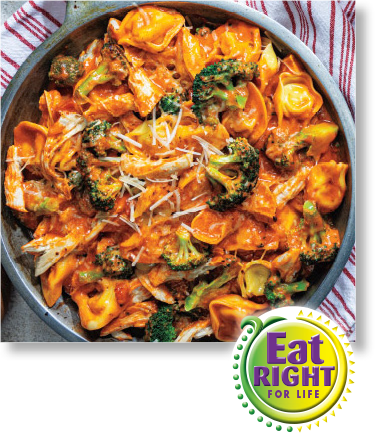
Directions:
- Tortellini: In large, oven-safe skillet, heat 1 cup water to a boil over medium-high heat. Add 1 (16-ounce) bag frozen cheese tortellini; reduce heat to medium, cover and cook 4 minutes or until tortellini is thawed, stirring occasionally.
- Pasta Sauce: Stir 1 (24-ounce) jar creamy vodka pasta sauce into skillet; increase heat to medium-high and heat to a boil.
- Broccoli: Add 3 cups frozen broccoli to skillet; cook 3 minutes or until broccoli is thawed, stirring occasionally.
- Chicken: Add 1-1/2 cups shredded rotisserie chicken breast meat to skillet; cook 2 minutes or until chicken is heated through, stirring frequently.
- Parmesan Cheese: Place oven rack 6 inches from source of heat; preheat broiler to high. Sprinkle tortellini mixture with 1/2 cup shredded Parmesan cheese; broil 2 minutes or until cheese is golden brown and bubbly.
Recipe and image source: Inseasonezine.com




